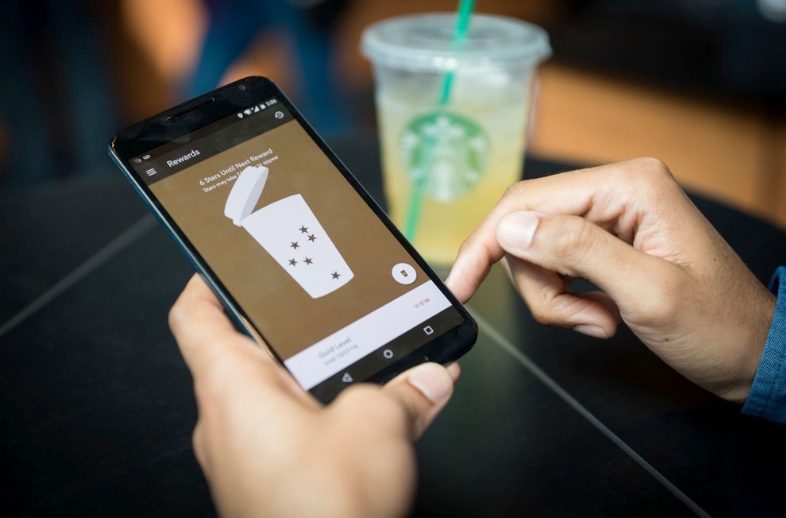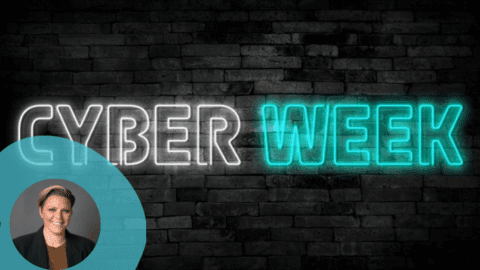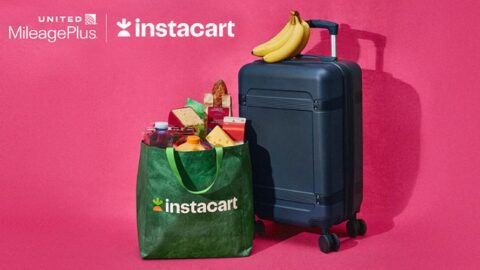Just how popular is the Starbucks mobile app? In 2018, 23.4 million people aged 14 and above will use the app to make a POS purchase at least once every six months, according to eMarketer. That’s more than the users of today’s most popular proximity-based mobile payment apps, including:
- Apple Pay (22 million);
- Google Pay (11.1 million); and
- Samsung Pay (9.9 million).
The Starbucks mobile app does have a built-in advantage in that it’s available on both iOS and Android, while usage of the other payment apps is restricted by the type of phone users have. Even so, the widespread adoption of the Starbucks app shows that if any retailer has unlocked the secret to providing a convenient and easy mobile payment experience, it’s the coffee retailer.
Starbucks has a firm grasp of mobile payments — its Mobile Order and Pay functionality within the app, which lets users order ahead of time and skip the line, represented 12% of company-operated transactions in the U.S. in Q2 2018. The coffee giant heavily integrates the app with its Rewards loyalty program, which accounts for 39% of U.S. sales.
Other payment apps suffer from mismatches between consumer and retailer popularity. For example, while Samsung is the most widely accepted of the three payment systems — approximately 80% of merchants have it, according to eMarketer — it’s the least popular of the three major mobile payments apps among shoppers.
“The Starbucks app is one of the bigger success stories in mobile proximity payments,” said Cindy Liu, Forecasting Analyst at eMarketer in a statement. “It has gained traction thanks to its ability to tie payments to its loyalty rewards program. For users of the app, the value of paying with their smartphone is clear and simple — you can save time and money at the register, all while racking up rewards and special offers.”
Starbucks will continue its dominance over other mobile payments platforms through 2022, according to the eMarketer study. The current 1.4 million-user gap between Starbucks and Apple Pay will widen to 2.3 million in four years.
Overall, the number of U.S. proximity mobile payment users will grow 14.5% this year to reach 55 million — with 40% of them having spent through the Starbucks mobile payments app. In 2018, for the first time, more than 25% of U.S. smartphone users aged 14 and above will make a proximity mobile payment at least once every six months.
More Retailer Payment Apps On The Horizon
New competitors will continue to reshape the mobile payments landscape. While each of the top four apps will continue to gain users in the U.S. throughout 2022, their share of mobile payment users will continue to drop. The main reason? New payment apps, particularly merchant-branded ones, entering the market.
“Retailers are increasingly creating their own payment apps, which allow them to capture valuable data about their users,” Liu said. “They can also build in rewards and perks to boost customer loyalty.”
For example, while 42.6% of proximity mobile payment users have made at least one transaction in the last six months at Starbucks, the study reveals that by 2022, that number will dwindle to 39.8%. Apple Pay is projected to undergo a similar decline, from 39.9% in 2018 to 36.8% in 2022.
As more retailers, such as Kohl’s and Walmart, develop their own proximity-based payments options, they should remember to include value-added services such as offers and coupons, integrate the app into their loyalty program and focus on building the most convenient experience possible.













